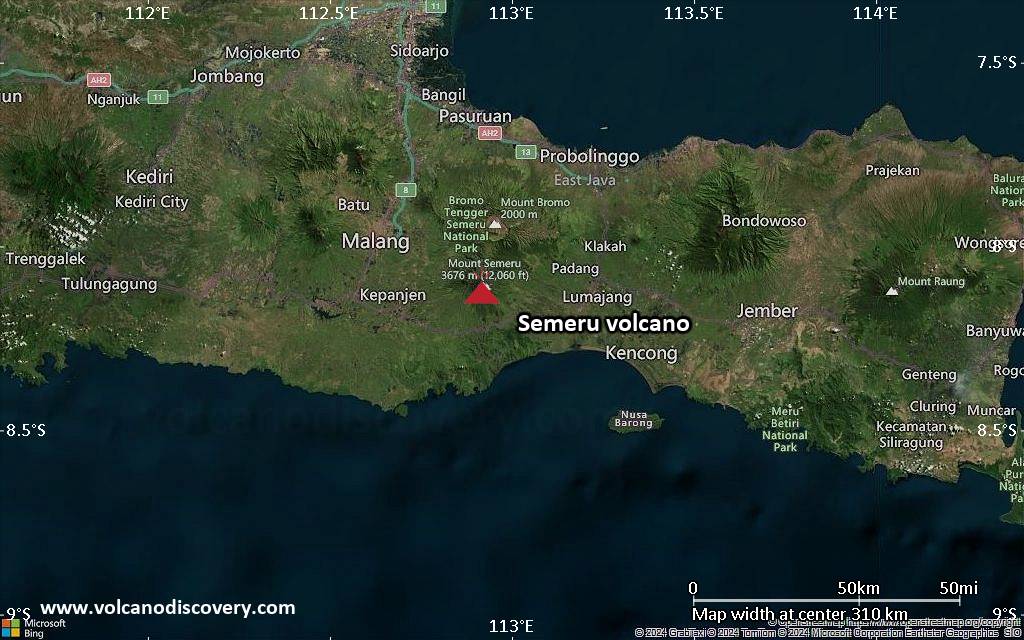RSS feed source: US Energy Information Administration
In-brief analysis
April 7, 2025
U.S. propane consumption reached 1.48 million barrels per day (b/d) in January 2025, the most January consumption on record since January 2005 and the most for any month since February 2007, as severe cold drove up heating demand across much of the country.
U.S. propane consumption, which we measure as product supplied, is closely correlated with temperatures during the winter because propane is primarily used for space heating in the United States. January is typically the coldest month of the year. January 2025 was the coldest month recorded in the United States since January 2014, measured by heating degree days (HDDs).
January 2025 had 946 HDDs, just 26 fewer than in January 2014. Strong heating demand this winter due to cold weather caused propane prices to increase slightly, contributing to higher
Click this link to continue reading the article on the source website.


